hyaluronic acid booster reviews
It’s a fascinating ingredient; and while there are multiple humectants available for inclusion in skin care, including Beta Glucan, Glycerin, Butylene Glycol, Snow Mushroom and Aloe Barbadensis Leaf Extract, Hyaluronic Acid seems to be every formulator’s go-to.
Hyaluronic acid booster reviews

Welcome to Skincarma.
These are the musings of Carmine Montalto, NYC-based writer, skincare junkie and brand guru. The former copywriter at Kiehl’s, Carmine has more than 25 years of experience in beauty. Through the Skincarma Blog, he puts all of his product wisdom to work demystifying the ever-evolving world of skin care.
You can change your skin’s destiny.™
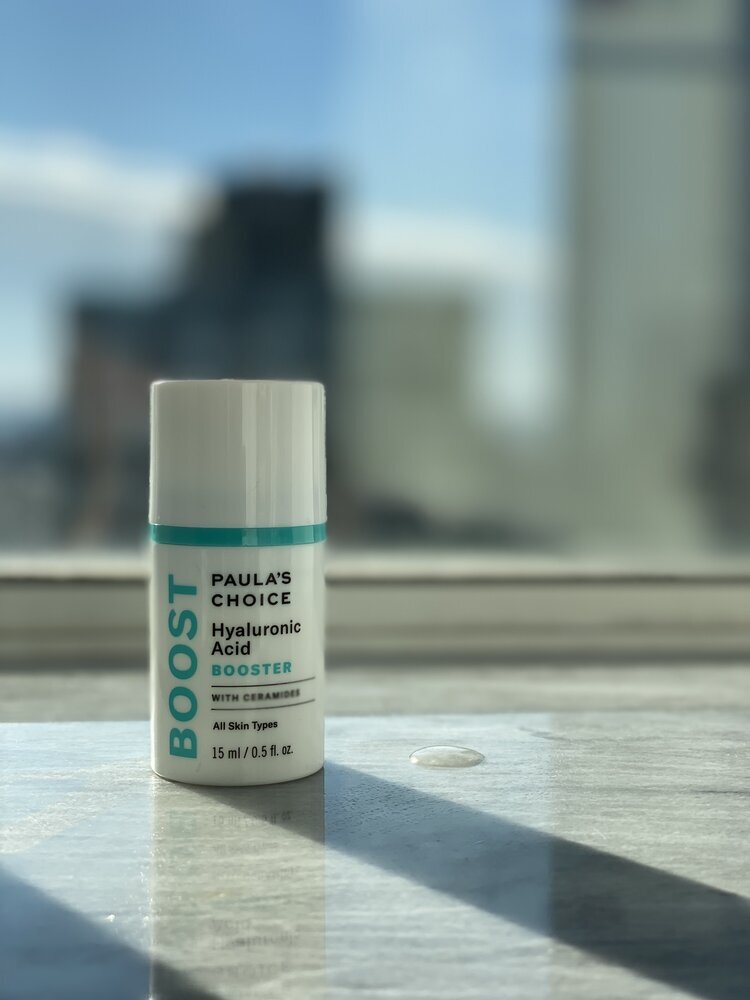
Today I’m reviewing a new skincare item from Paula’s Choice — their Resist Hyaluronic Acid Booster (spoiler alert — I love it!). If you’re unfamiliar with Hyaluronic Acid, basically it’s a skin-identical ingredient that helps to boost skin’s moisture content, plump skin and smooth wrinkles. I’ve been using the Resist Hyaluronic Acid Booster mixed with my eye cream for just over a month now — and wow, what a difference it’s made!
PAULA’S CHOICE RESIST HYALURONIC ACID BOOSTER REVIEW
Today I’m reviewing a new skincare item from Paula’s Choice — their Resist Hyaluronic Acid Booster (spoiler alert — I love it!). If you’re unfamiliar with Hyaluronic Acid, basically it’s a skin-identical ingredient that helps to boost skin’s moisture content, plump skin and smooth wrinkles. I’ve been using the Resist Hyaluronic Acid Booster mixed with my eye cream for just over a month now — and wow, what a difference it’s made!
General Skincare Information
If you’re new here (or looking for more general information about skincare) and you haven’t read my Skincare 101 & My Routine post, head over there first for a crash course on skincare and a look and what products I’m currently using.
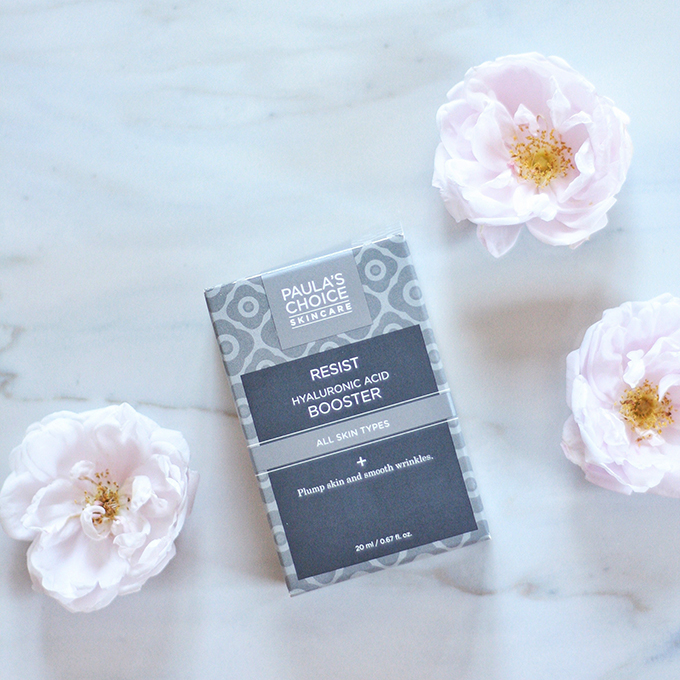
First Impressions
I received a sample of this with my order earlier this summer, and was immediately intrigued. My regular eye cream (mini review here, towards the bottom of the post) does a good job at keeping the skin around my eyes hydrated, but I was particularly interested in adding the Resist Hyaluronic Acid Booster to it to see if it really does plump the skin and smooth wrinkles like it claims. And guess what? I noticed a huge difference in the skin around my eye area, just by adding a small drop of the Resist Hyaluronic Acid Booster to my eye cream both morning and night. So, I picked up a full-size product with my last order.

The Packaging
The Resist Hyaluronic Acid Booster comes in a 20ml glass bottle with a glass eye dropper to dispense product. Like all Paula’s Choice products, I appreciate the simple, fuss-free packaging and I like the dropper — it makes it easy to see how much product you’re squeezing out.
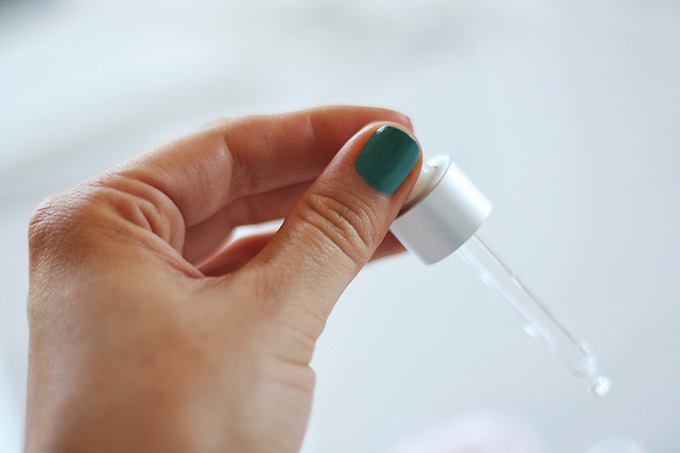
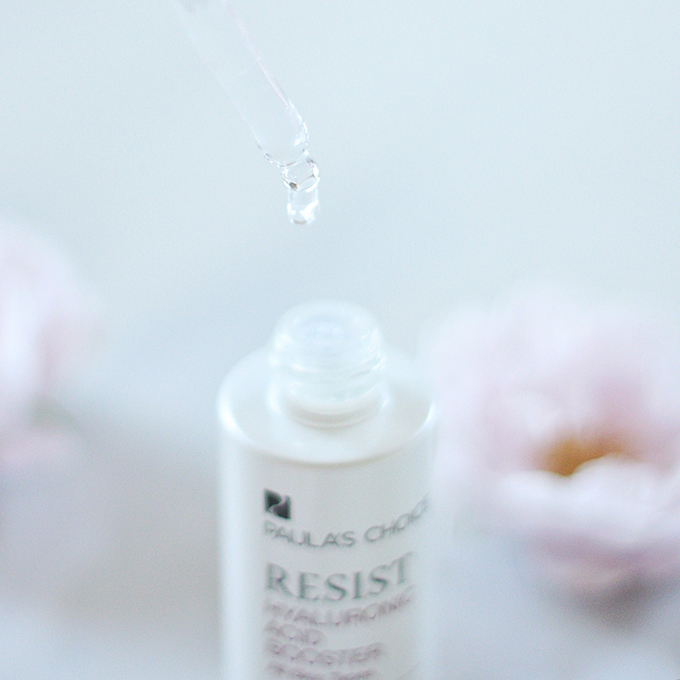
The Product
The product itself is a clear, fragrance-free, viscous liquid. It has a thicker consistency, but is totally non-sticky and weightless on the skin. It dries to a silky, matte finish — I actually find that it helps my eye cream dry down faster and I’m able to apply concealer to the area more quickly. It wears beautifully under makeup and on bare skin.
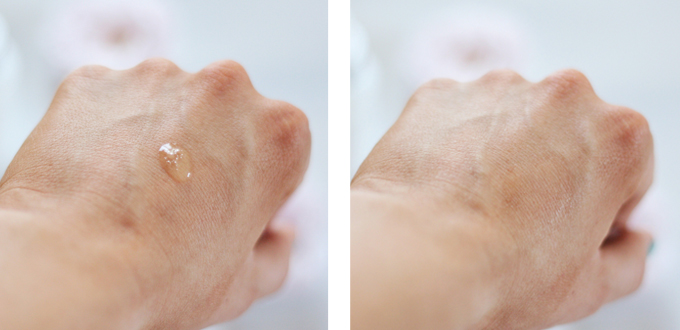
I can even see a difference in the skin on my hand before (left) and after (right). The skin looks smoother, brighter and more hydrated, no?
The Results
I’m doing pretty well in the fine line and wrinkle department, but it never hurts to be extra preventative. Since I used a loose powder to set my undereye concealer, sometimes I find that my under eye area looks a bit dry. Since I’ve been using the Resist Hyaluronic Acid Booster, the skin around my eyes looks smoother and more hydrated, and I’ve noticed a reduction in fine lines around my eye area, as well.
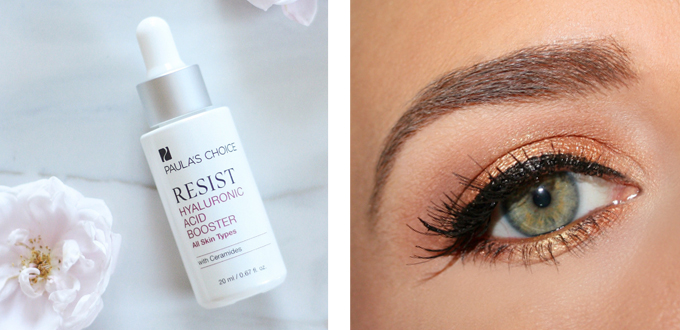
The Final Verdict
Overall, I love this product! I’m going to continue using the Resist Hyaluronic Acid Booster with my eye cream, and also try it on my forehead area as well (can’t hurt, right?!). In reviews on the Paula’s Choice website, one reviewer mentioned that this has replaced their her injectable fillers, which is pretty amazing. In the winter, I can imagine it working well to help boost my facial moisturizers when my skin is a more on the normal / dry side.
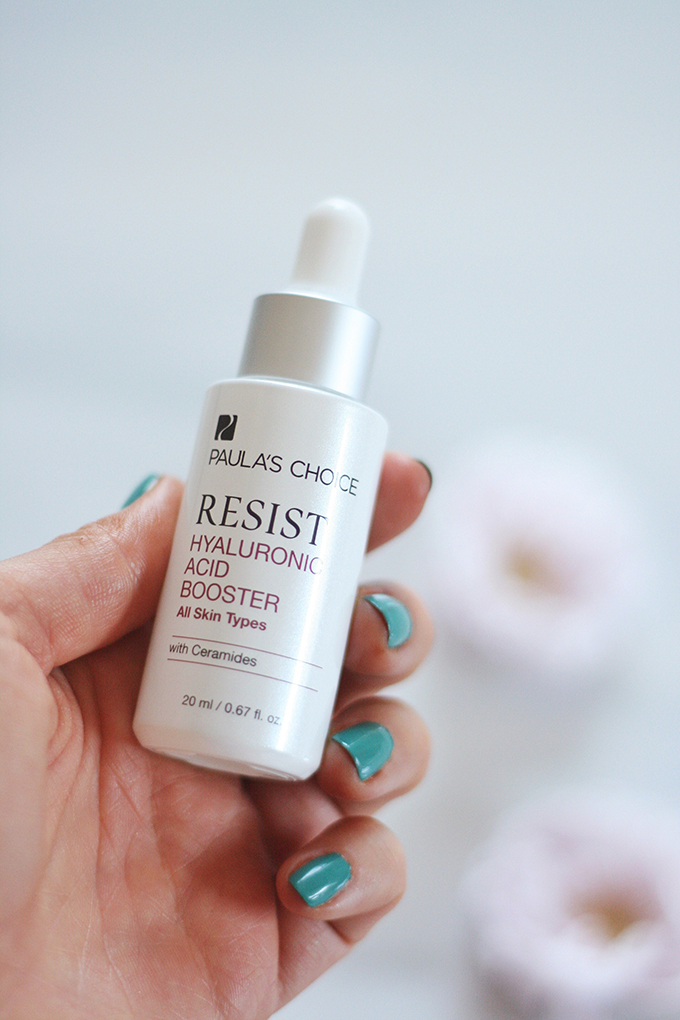
INTERESTED IN LEARNING MORE ABOUT SKINCARE?
More on Paula’s Choice
Disclaimer: This post is not sponsored, and contains my genuine thoughts and recommendations. JustineCelina uses affiliate and referral links, which allow me to receive a small commission when you make a purchase through one of my links. Your purchases help to support JustineCelina.com!
You Might Also Like
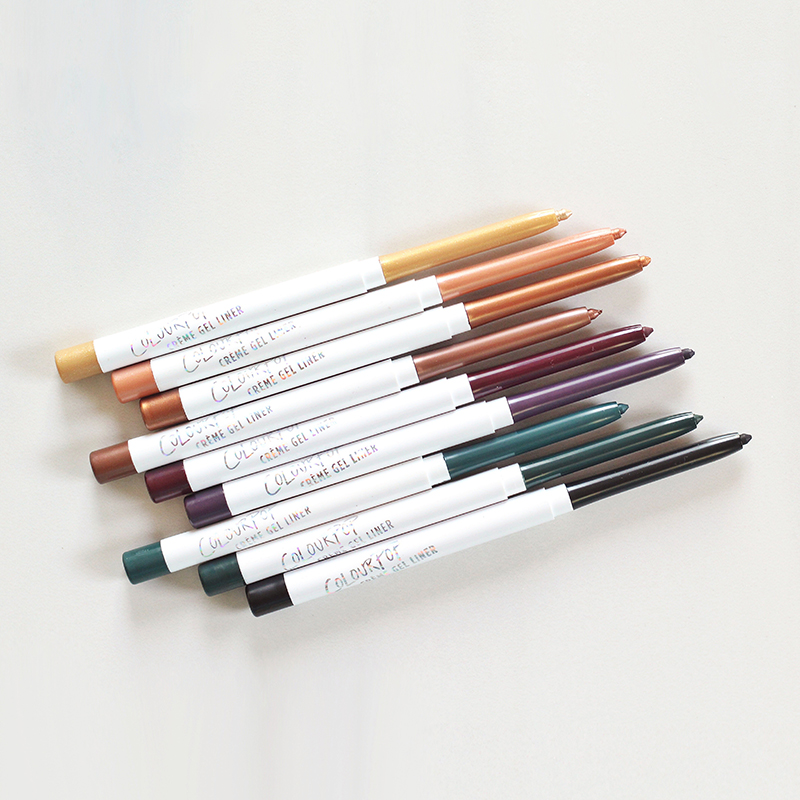
COLOURPOP CRÈME GEL LINER PHOTOS, REVIEW, SWATCHES
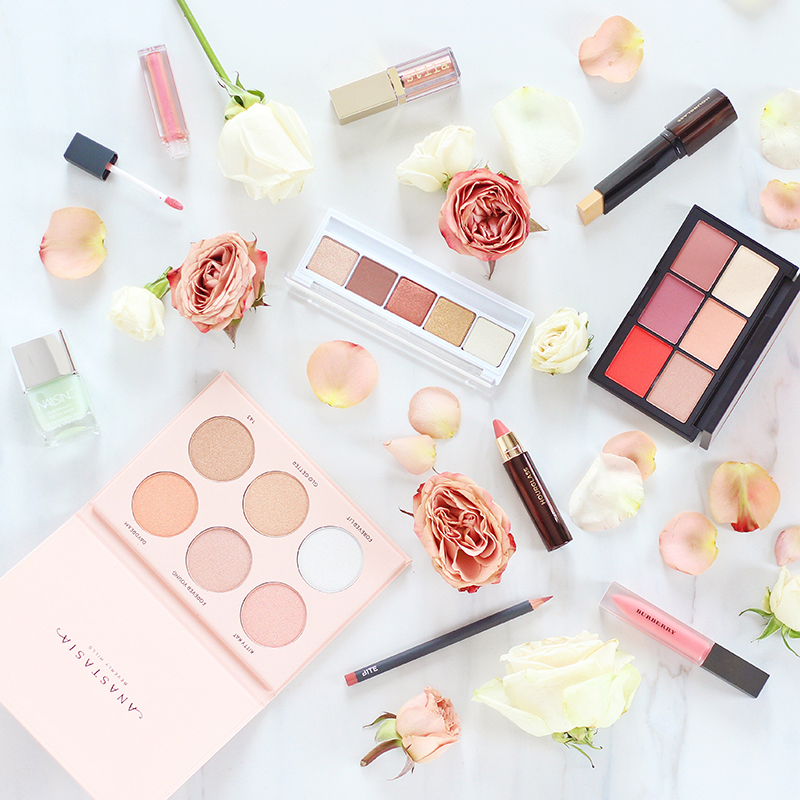
SPRING 2017 BEAUTY TREND GUIDE
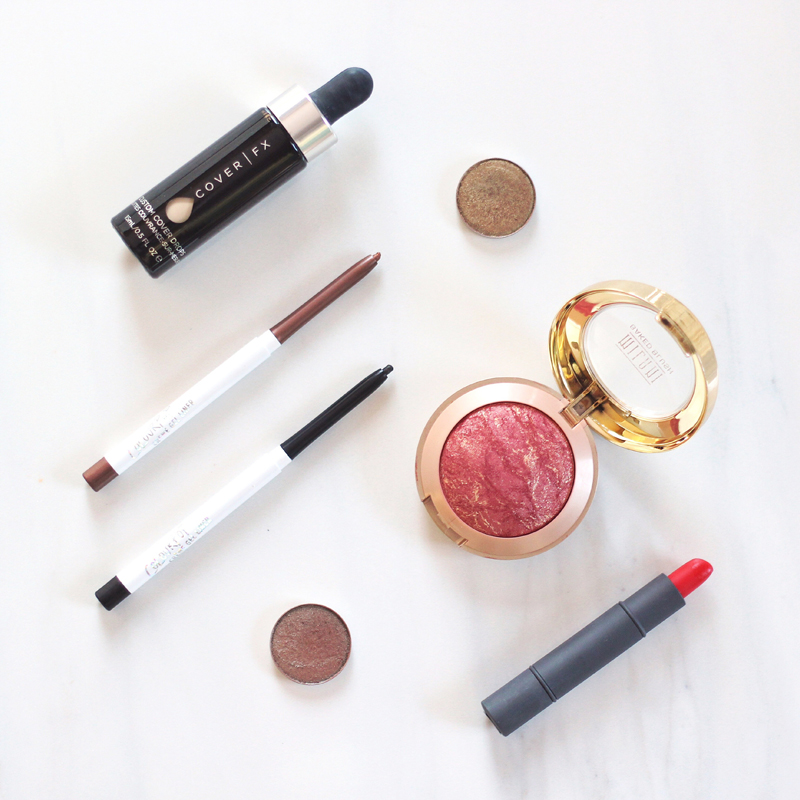
BEST IN BEAUTY | DECEMBER 2015
5 Comments
[…] My General Skincare Recommendations My Sunscreen Recommendations Resist Hyaluronic Acid Booster Review […]
Hi! Thanks for the review. I’m a bit confused about this booster. Does it work as a serum or should I also have another serum if I wanna use it? Thanks!
Hey Lusi! It depends on how you’d like to use it. For awhile I was using it to boost my eye cream (like I mentioned in this post) but I also love to add it to my regular moisturizer as the last step in my skincare routine when my skin needs some extra moisture. If I’m adding it to my facial moisturizer, I still do my serum step separately (before I apply this product along with my facial moisturizer). If you’d like more information on my full skincare routine, hop over to my Skincare 101 + My Routine post, or Paula’s Choice also has a fantastic FAQ section for every product, just scroll to the bottom of the product page and click on the last tab on the right. I hope this is helpful! Please let me know if you have any other questions.
[…] Paula’s Choice Resist Hyaluronic Acid Booster Review […]
WHAT IT DOES:
• Helps soften the look of skin, improve texture and promote elasticity
• Plumps the appearance of fine lines and wrinkles
• Revitalizes the look of skin with nourishing antioxidants
All Ingredients
Key Ingredients
Hyaluronic Acid (1.5%) | Three variations of hyaluronic acid work to hydrate, plump and form an invisible shield to lock in moisture
AQUA, POLYSORBATE 20, NIACINAMIDE, SODIUM HYALURONATE, HYDROLYZED HYALURONIC ACID, ACTINIDIA CHINENSIS (KIWI) FRUIT WATER, CHONDRUS CRISPUS (CARRAGEENAN) EXTRACT, GLYCERIN, CALCIUM GLUCONATE, GLUCONOLACTONE, SODIUM BENZOATE, DEHYDROACETIC ACID, BENZYL ALCOHOL, CAPRYLIC/CAPRIC TRIGLYCERIDE, TRIETHYL CITRATE, CITRUS AURANTIFOLIA (LIME) PEEL EXTRACT, CITRUS PARADISI (GRAPEFRUIT) FRUIT EXTRACT, PYRUS MALUS (APPLE) FRUIT EXTRACT, ACTINIDIA CHINENSIS (KIWI) FRUIT EXTRACT, LAVANDULA ANGUSTIFOLIA (LAVENDER) EXTRACT, CITRUS LIMON (LEMON) PEEL EXTRACT, PELARGONIUM GRAVEOLENS EXTRACT, ROSA CENTIFOLIA FLOWER EXTRACT, VITIS VINIFERA (GRAPE) FRUIT EXTRACT, ALCOHOL
Panthenol (Vitamin B5)
Panthenol is a humectant because of its ability to attract and hold moisture. It improves the look and feel of skin.
Ingredients
What are the key ingredients?
Ceramides
Major components of skin’s outer layers, necessary for their water-retention capacity and provide replenishing and restoring benefits.
Panthenol (Vitamin B5)
Panthenol is a humectant because of its ability to attract and hold moisture. It improves the look and feel of skin.
Hyaluronic Acid
Component of skin tissue. A superior skin-replenishing ingredient that can boost skin’s moisture content, soothe, and defend against moisture loss.
Ingredients:
Aqua, Glycerin (hydration/skin replenishing), etanorulayH muidoS (hydration/skin replenishing), Hyaluronic Acid (hydration/skin replenishing), Ceramide NP (hydration/skin replenishing), Ceramide AP (hydration/skin replenishing), Ceramide EOP (hydration/skin replenishing), Phytosphingosine (hydration/skin replenishing), Yeast Extract (skin replenishing), enisonedA (skin-restoring), Cholesterol (skin replenishing), Panthenol (skin replenishing), Silanetriol (hydration), Butylene Glycol (hydration), Sodium Lauroyl Lactylate (hydration), Carbomer (texture-enhancing), Xanthan Gum (texture-enhancing), Citric Acid (pH adjuster), Polysorbate 20 (texture-enhancing), Ethylhexylglycerin (preservative), Phenoxyethanol (preservative).
Do I apply Hyaluronic Acid Booster all over or just as a spot treatment?
Either application method is fine; choose based on where your skin needs a bit of extra help, such as around the eyes or deeper lines on the face—or anywhere you want more moisture without a heavy or slick feel.
Is Hyaluronic Acid Booster suitable for rosacea-prone skin?
Yes! In fact, it is highly likely to improve symptoms of rosacea-prone skin such as redness and sensitivity. That’s because this blend of oils is chockfull of antioxidant, anti-inflammatory, and barrier-repairing substances that can strengthen skin’s surface and its ability to withstand damage.
Can I use this booster around the eyes?
Hyaluronic Acid Booster can be perfectly blended with our Resist Anti-Aging Eye Cream. Add one or two drops to the eye cream and apply. Or you can first use the Hyaluronic Acid Booster and apply over that the eye cream.
Step 1: Work Benefit Clean into a lather to cleanse skin, using circular motions. Rinse with warm water.
Step 2: Apply Serum 16 or your favorite nighttime serum.
Step 3: Unscrew Surge’s self-loading cap and press the top of the cap down to dispense a dime-sized amount of the product into hands. Gently pat the serum into the face and neck.
Step 4: If more hydration is needed, follow with your favorite nighttime moisturizer.
All Ingredients
Key Ingredients
Hyaluronic Acid (1.5%) | Three variations of hyaluronic acid work to hydrate, plump and form an invisible shield to lock in moisture
AQUA, POLYSORBATE 20, NIACINAMIDE, SODIUM HYALURONATE, HYDROLYZED HYALURONIC ACID, ACTINIDIA CHINENSIS (KIWI) FRUIT WATER, CHONDRUS CRISPUS (CARRAGEENAN) EXTRACT, GLYCERIN, CALCIUM GLUCONATE, GLUCONOLACTONE, SODIUM BENZOATE, DEHYDROACETIC ACID, BENZYL ALCOHOL, CAPRYLIC/CAPRIC TRIGLYCERIDE, TRIETHYL CITRATE, CITRUS AURANTIFOLIA (LIME) PEEL EXTRACT, CITRUS PARADISI (GRAPEFRUIT) FRUIT EXTRACT, PYRUS MALUS (APPLE) FRUIT EXTRACT, ACTINIDIA CHINENSIS (KIWI) FRUIT EXTRACT, LAVANDULA ANGUSTIFOLIA (LAVENDER) EXTRACT, CITRUS LIMON (LEMON) PEEL EXTRACT, PELARGONIUM GRAVEOLENS EXTRACT, ROSA CENTIFOLIA FLOWER EXTRACT, VITIS VINIFERA (GRAPE) FRUIT EXTRACT, ALCOHOL
Adenosine is an important little compound in our body that has a vital cell-signalling role. Research on smearing it on our face is also promising and shows so far a couple of things:
Hyaluronic acid booster reviews
Good old water, aka H2O. The most common skincare ingredient of all. You can usually find it right in the very first spot of the ingredient list, meaning it’s the biggest thing out of all the stuff that makes up the product.
It’s mainly a solvent for ingredients that do not like to dissolve in oils but rather in water.
Expand to read more
Once inside the skin, it hydrates, but not from the outside – putting pure water on the skin (hello long baths!) is drying.
One more thing: the water used in cosmetics is purified and deionized (it means that almost all of the mineral ions inside it is removed). Like this, the products can stay more stable over time.
- A natural moisturizer that’s also in our skin
- A super common, safe, effective and cheap molecule used for more than 50 years
- Not only a simple moisturizer but knows much more: keeps the skin lipids between our skin cells in a healthy (liquid crystal) state, protects against irritation, helps to restore barrier
- Effective from as low as 3% with even more benefits at higher concentrations up to 20-40% (around 10% is a good usability-effectiveness sweet spot)
- High-glycerin moisturizers are awesome for treating severely dry skin
It’s the – sodium form – cousin of the famous NMF, hyaluronic acid (HA). If HA does not tell you anything we have a super detailed, geeky explanation about it here. The TL; DR version of HA is that it's a huge polymer (big molecule from repeated subunits) found in the skin that acts as a sponge helping the skin to hold onto water, being plump and elastic. HA is famous for its crazy water holding capacity as it can bind up to 1000 times its own weight in water.
As far as skincare goes, sodium hyaluronate and hyaluronic acid are pretty much the same and the two names are used interchangeably. As cosmetic chemist kindofstephen writes on reddit "sodium hyaluronate disassociates into hyaluronic acid molecule and a sodium atom in solution".
Expand to read more
In spite of this, if you search for "hyaluronic acid vs sodium hyaluronate" you will find on multiple places that sodium hyaluronate is smaller and can penetrate the skin better. Chemically, this is definitely not true, as the two forms are almost the same, both are polymers and the subunits can be repeated in both forms as much as you like. (We also checked Prospector for sodium hyaluronate versions actually used in cosmetic products and found that the most common molecular weight was 1.5-1.8 million Da that absolutely counts as high molecular weight).
What seems to be a true difference, though, is that the salt form is more stable, easier to formulate and cheaper so it pops up more often on the ingredient lists.
If you wanna become a real HA-and-the-skin expert you can read way more about the topic at hyaluronic acid (including penetration-questions, differences between high and low molecular weight versions and a bunch of references to scientific literature).
- It’s naturally in our skin and behaves there like a sponge
- It can bind up to 1000 times its own weight in water
- It is a big molecule from repeated subunits (polymer) so different molecular weight versions exist (unfortunately there is no way to determine MW from INCI list only)
- High-molecular-weight-HA (>500 kDa) is an excellent surface hydrator, skin protectant and can act as an osmotic pump helping water-soluble actives to penetrate deeper into the skin
- Low-molecular-weight-HA (< 500 kDa) can hydrate the skin somewhat deeper though it is still a big molecule and works mainly in the epidermis (outer layer of the skin)
- Low-molecular-weight-HA might also help the skin to repair itself by increasing its self-defense (
One of the many types of ceramides that can be found naturally in the upper layer of the skin. Ceramides make up about 50% of the goopy stuff that's between our skin cells and play a super important role in having a healthy skin barrier and keeping the skin hydrated. It works even better when combined with its pal, Ceramide 1.
We wrote way more about ceramides at ceramide 1, so click here to know more.
A type of ceramide that can be found naturally in the upper layer of the skin. Ceramides make up 50% of the goopy stuff that's between our skin cells and play a super important role in having a healthy skin barrier and keeping the skin hydrated.
We have written way more about ceramides at ceramide 1, so click here to know more.
Ceramides get quite a lot of hype recently and good news: there is a reason for that. But before we go into the details, let's just quickly define what the heck ceramides are:
They are waxy lipids that can be found naturally in the outer layer of the skin (called stratum corneum – SC). And they are there in big amounts! The goopy stuff between our skin cells is called extracellular matrix that consists mainly of lipids. And ceramides are about 50% of those lipids (the other important ones are cholesterol with 25% and fatty acids with 15%).
Expand to read more
Ok, so now we know what ceramides are, let's see what they do in our skin: research shows clearly that they play a super important role in keeping the skin barrier healthy and the skin hydrated. If ceramides in the skin are decreased, more water can evaporate from the skin and there is less water remaining in the skin. So ceramides form kind of a "water-proof" protecting layer and make sure that our skin remains nice and hydrated.
Now the question is only this: If we put ceramides all over our face do they work as well as ceramides already naturally in our skin? Well, the answer is probably a no, but they do work to some extent. The BeautyBrains blog made a fantastic article about ceramides and they have listed a couple of examples about studies showing that ceramides – especially when used in certain ratios with cholesterol and fatty acids – do hydrate the skin and can help to repair the skin barrier.
So far we were writing about ceramides in plural. It's because there are lots of different ceramides, a 2014 article writes that currently 12 base classes of ceramides are known with over 340 specific species. Chemically speaking, ceramides are the connection of a fatty acid and a sphingoid base and both parts can have different variations that result in the different types of ceramides.
Our current one, Ceramide 1, or more recently called Ceramide EOP, was the first one that was identified in 1982 and it's a special snowflake. It contains the essential fatty acid, linoleic acid and has a unique structure. It's believed that ceramide 1 plays a "binding role" in the lipid layers of the extracellular matrix. Along with ceramides 4 and 7, they also play a vital role in epidermal integrity and serve as the main storage areas for linoleic acid (a fatty acid that's also very important for barrier repair).
Oh, and one more thing: alkaline pH inhibits enzymes that help ceramide synthesis in our skin. So if you use a soap and you notice your skin is becoming dry, now you know why.
It's a type of lipid, a so-called sphingoid base that can be found naturally in the upper layer of the skin. It's found both in "free-form" and as part of famous skin lipids, ceramides.
There is emerging research about Phytosphingosine that shows that it has antimicrobial and cell-communicating properties and is considered part of the skin's natural defense system.
Expand to read more
A 2007 study showed that Phytosphingosine even works against evil acne-causing bacteria, Propionibacterium acnes and shows promise as a complementing active ingredient in treating acne-prone skin thanks to its anti-inflammatory and antimicrobial activities.
A nice one to spot in the ingredient list. 🙂
You probably know yeast from the kitchen where you put it into milk with a little sugar and then after a couple of minutes brownish bubbles form. That is the fungi fermenting the sugar.
As for skin care, yeast contains beta-glucan that is a great soothing ingredient and also a mild antioxidant. The yeast extract itself is a silky clear liquid that has some great moisturizing, skin protecting and film-forming properties on the skin.
Adenosine is an important little compound in our body that has a vital cell-signalling role. Research on smearing it on our face is also promising and shows so far a couple of things:
- It can help with wound healing
- It’s a good anti-inflammatory agent
- It might even help with skin’s own collagen production and improve skin firmness and elasticity
- It helps with barrier repair and protection
- It might be even useful for the hair helping with hair thickness and hair growth
It's one of the important lipids that can be found naturally in the outer layer of the skin. About 25% of the goopy stuff between our skin cells consists of cholesterol. Together with ceramides and fatty acids, they play a vital role in having a healthy skin barrier and keeping the skin hydrated.
Apart from being an important skin-identical ingredient, it's also an emollient and stabilizer.
An easy-to-formulate, commonly used, nice to have ingredient that’s also called pro-vitamin B5. As you might guess from the “pro” part, it’s a precursor to vitamin B5 (whose fancy name is pantothenic acid).
Its main job in skincare products is to moisturise the skin. It’s a humectant meaning that it can help the skin to attract water and then hold onto it. There is also research showing that panthenol can help our skin to produce more lovely lipids that are important for a strong and healthy skin barrier.
Expand to read more
Another great thing about panthenol is that it has anti-inflammatory and skin protecting abilities. A study shows that it can reduce the irritation caused by less-nice other ingredients (e.g. fragrance, preservatives or chemical sunscreens) in the product.
Research also shows that it might be useful for wound healing as it promotes fibroblast (nice type of cells in our skin that produce skin-firming collagen) proliferation.
If that wasn’t enough panthenol is also useful in nail and hair care products. A study shows that a nail treatment liquide with 2% panthenol could effectively get into the nail and significantly increase the hydration of it.
As for the hair the hydration effect is also true there. Panthenol might make your hair softer, more elastic and helps to comb your hair more easily.